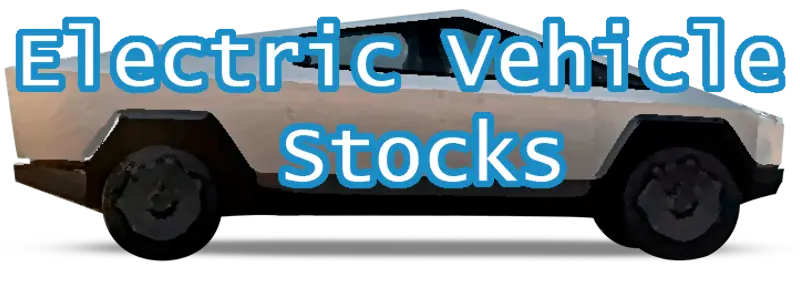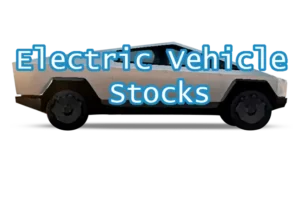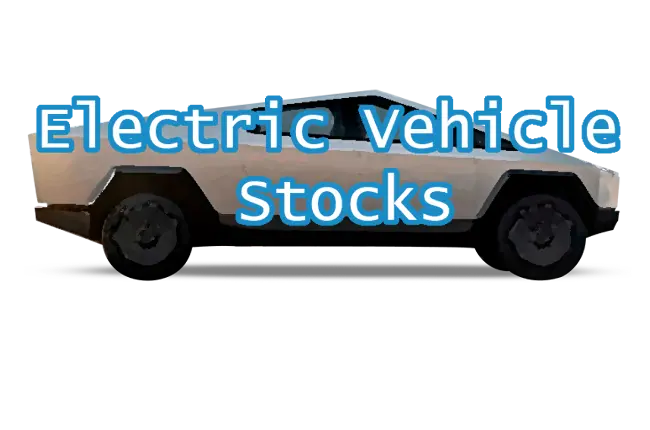The rapid growth of electric vehicles (EVs) has sparked a transformative shift in the transportation industry, driving towards cleaner and more sustainable mobility solutions. As the number of EVs on the road continues to rise, it is crucial to examine the impact of their adoption on the energy grid. This article explores the implications of electric vehicle integration, the challenges and opportunities it presents for the energy sector, and the strategies being implemented to ensure a seamless transition to an electrified future.
The Growing EV Market and Energy Demand:
The surge in EV adoption translates into increased electricity demand. As more vehicles transition to electric power, the energy grid must accommodate the charging needs of EV owners. While this may pose challenges, it also presents opportunities for the energy sector to diversify and decarbonize power generation. Utilities are adapting their infrastructure to handle the additional load and exploring innovative solutions to manage electricity demand efficiently.
Grid Integration and Smart Charging Solutions:
Smart charging solutions play a crucial role in optimizing the integration of EVs with the energy grid. By leveraging technologies like smart meters, demand response systems, and vehicle-to-grid (V2G) integration, EV charging can be managed intelligently. These systems allow EVs to charge during off-peak hours when electricity demand is lower, minimizing strain on the grid and maximizing the utilization of renewable energy sources. V2G integration also enables EVs to provide energy back to the grid during peak demand periods, contributing to grid stability and facilitating the integration of intermittent renewable energy sources.
Challenges and Infrastructure Upgrades:
The electrification of transportation presents infrastructure challenges for the energy grid. To support widespread EV adoption, additional charging infrastructure must be deployed, both in public spaces and residential areas. Investments in charging stations, especially fast-charging networks along highways, are crucial to address range anxiety and facilitate long-distance travel. Utilities are investing in grid upgrades, such as transformer capacity expansions and distribution system improvements, to ensure that the energy grid can handle the increased demand from charging EVs.
Renewable Energy Integration:
The transition to electric vehicles aligns with the growing penetration of renewable energy sources. EVs can act as a catalyst for renewable energy integration, as charging infrastructure can be powered by clean energy. This synergy contributes to reducing overall carbon emissions and advancing the decarbonization goals of the transportation and energy sectors. Many electric utilities are investing in renewable energy generation and developing partnerships with EV manufacturers to create synergies between clean energy and transportation electrification.
Policy Support and Collaborative Efforts:
Government policies play a crucial role in facilitating the integration of electric vehicles into the energy grid. Incentives for EV adoption, support for charging infrastructure deployment, and regulations promoting renewable energy are key drivers for a sustainable transition. Collaboration between automakers, utilities, regulators, and technology providers is essential to establish industry standards, interoperability, and seamless integration of EV charging into the energy grid.
The widespread adoption of electric vehicles has far-reaching implications for the energy grid. It presents both challenges and opportunities for the energy sector to embrace cleaner energy sources, upgrade infrastructure, and optimize grid management. Through smart charging solutions, grid integration, and collaboration between stakeholders, the energy grid can adapt to the increased electricity demand and maximize the potential of electric vehicles in driving a sustainable future. By aligning EV adoption with renewable energy generation, we can create a symbiotic relationship that accelerates the transition towards a low-carbon transportation sector and a resilient, decarbonized energy grid.


